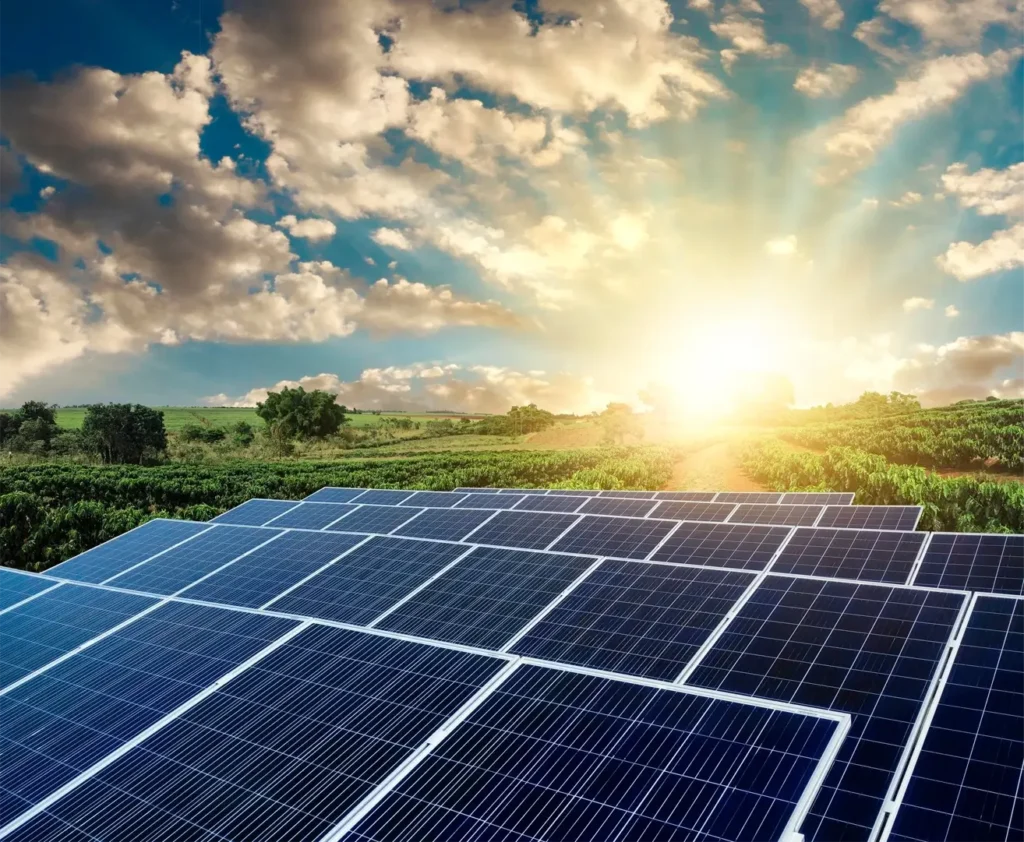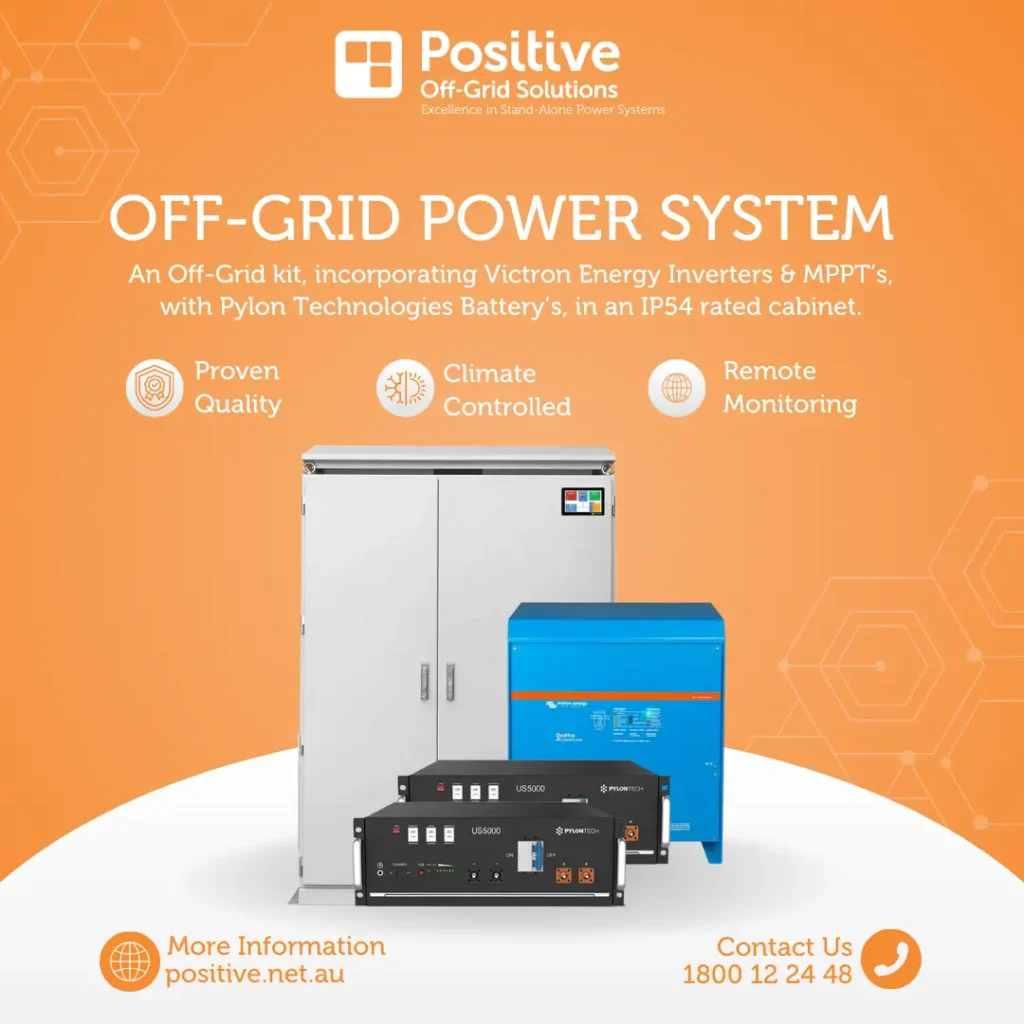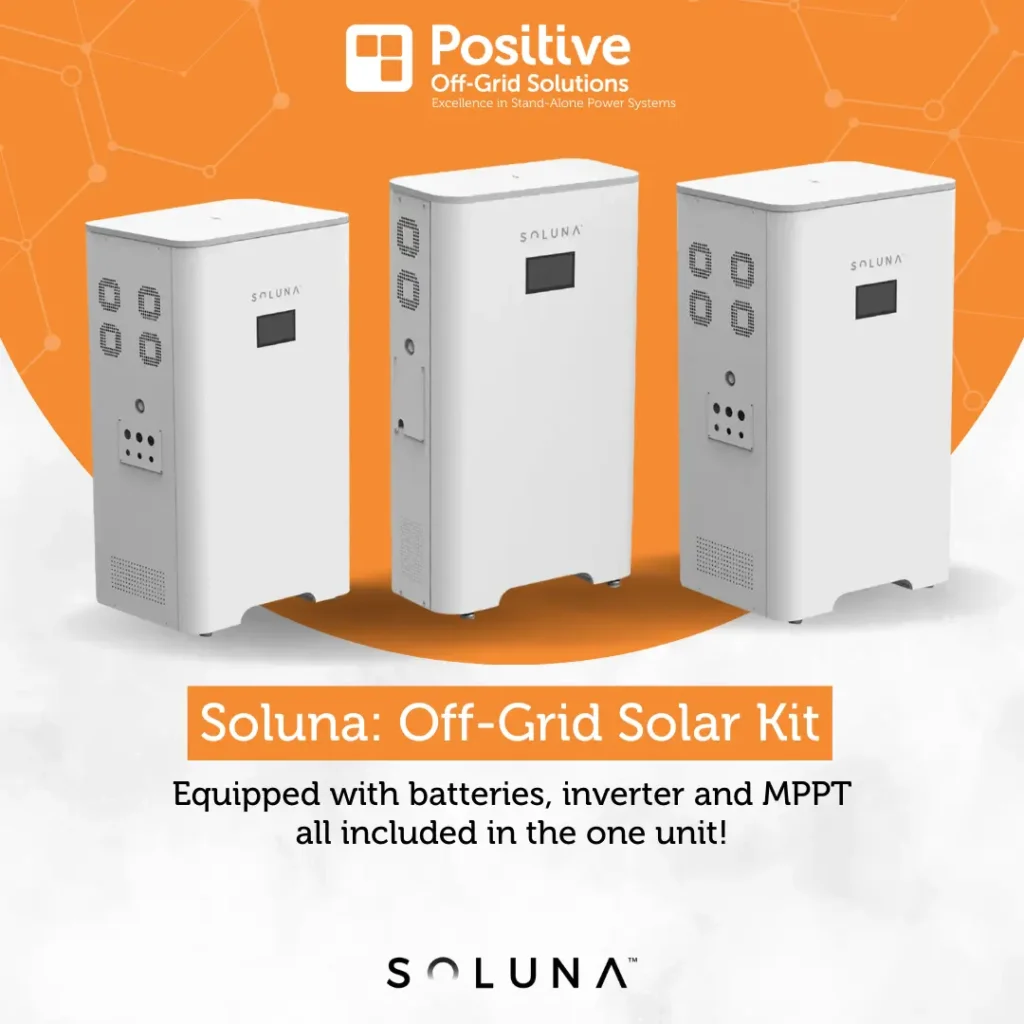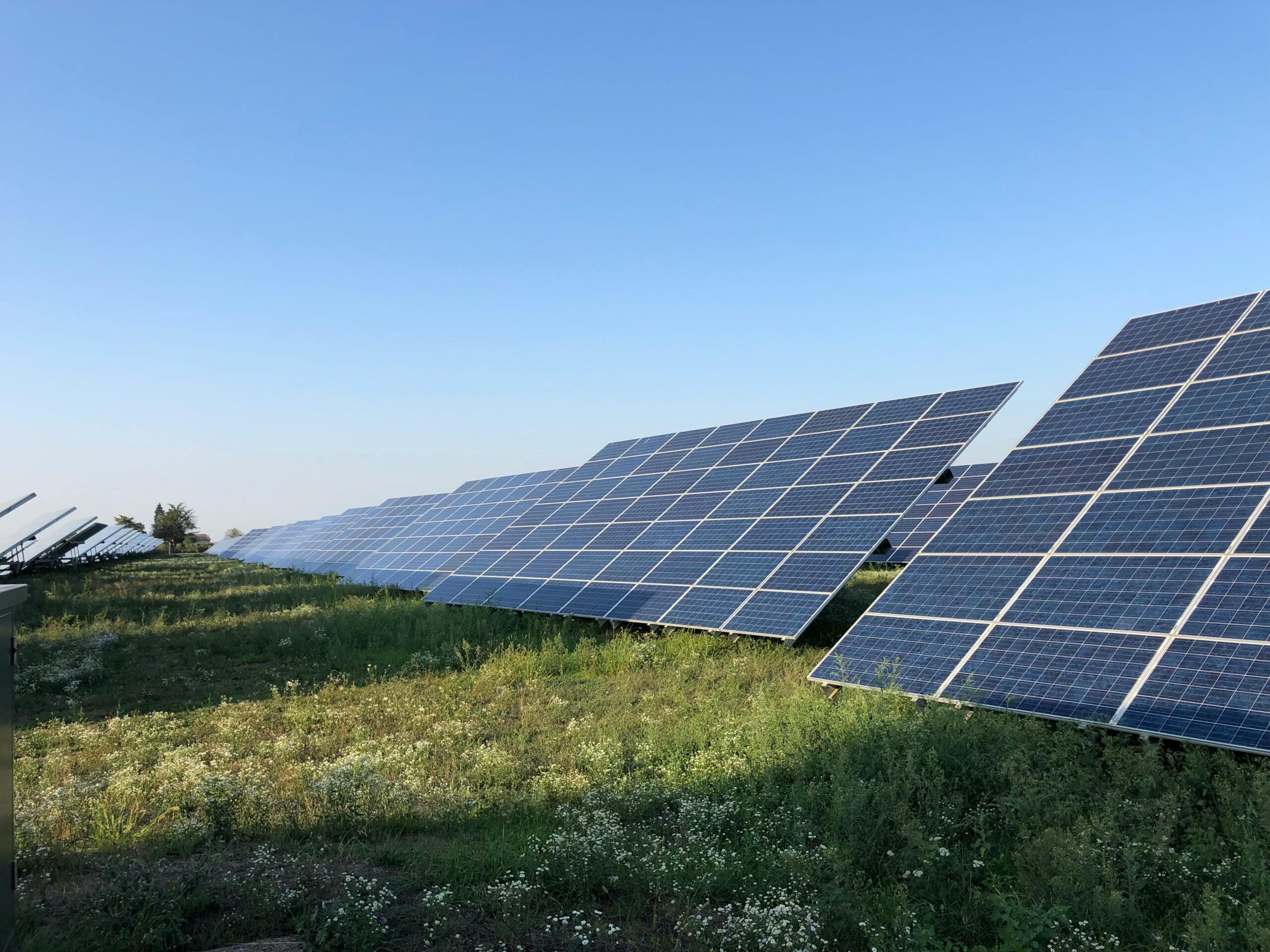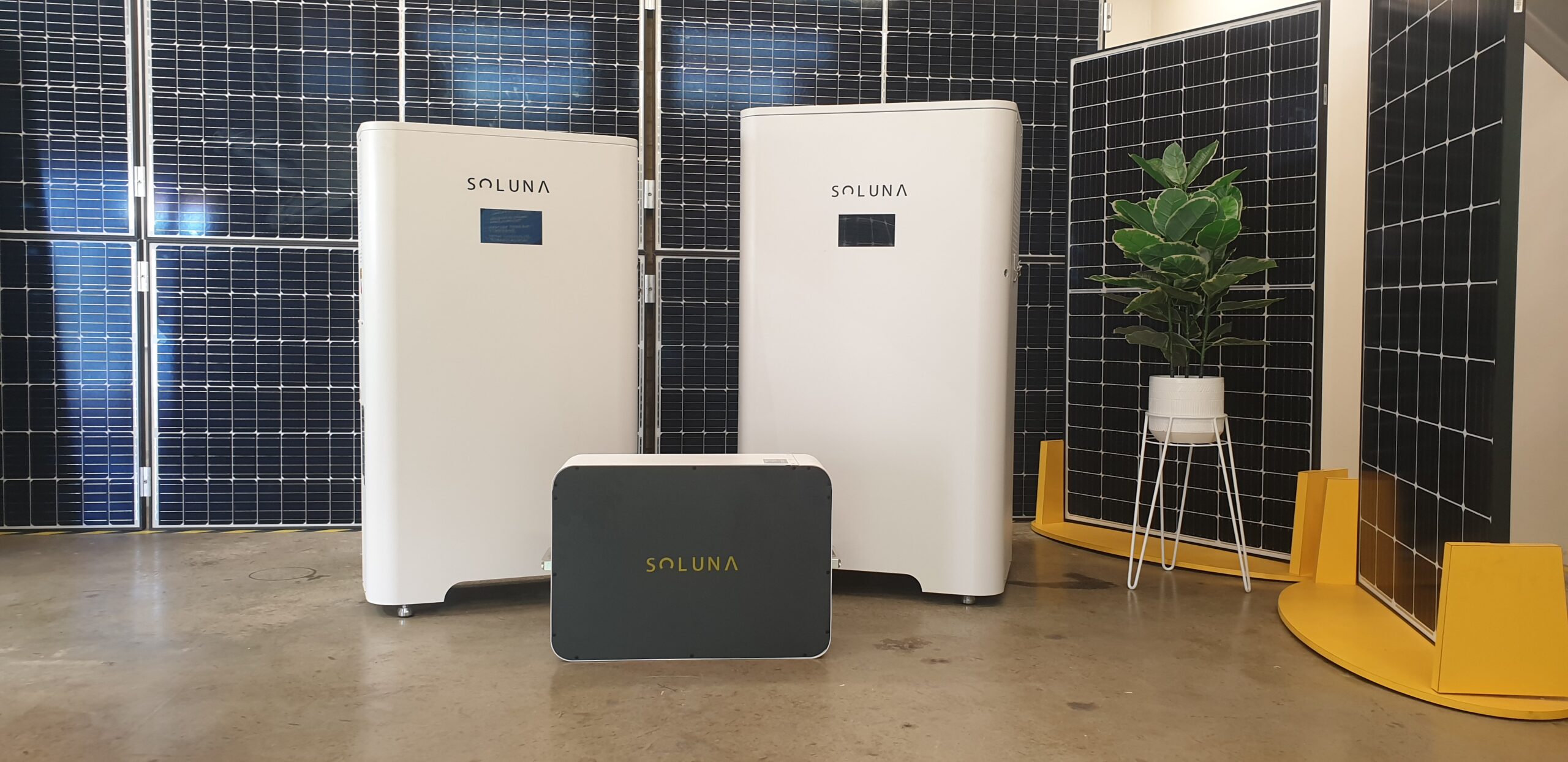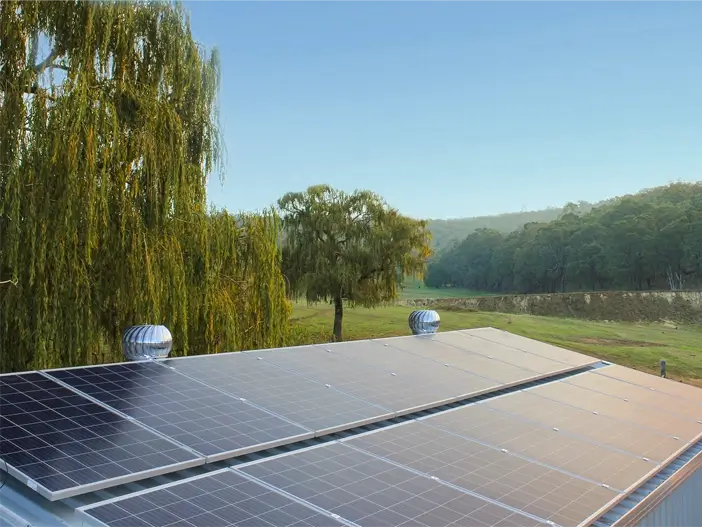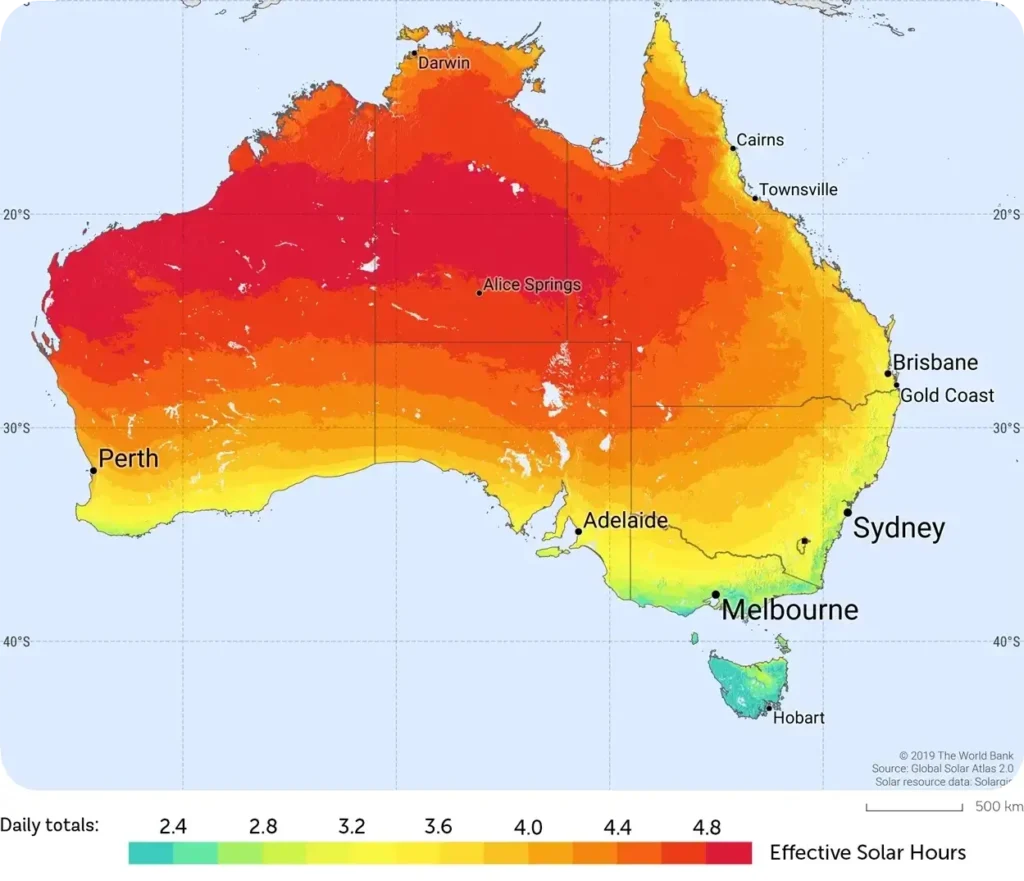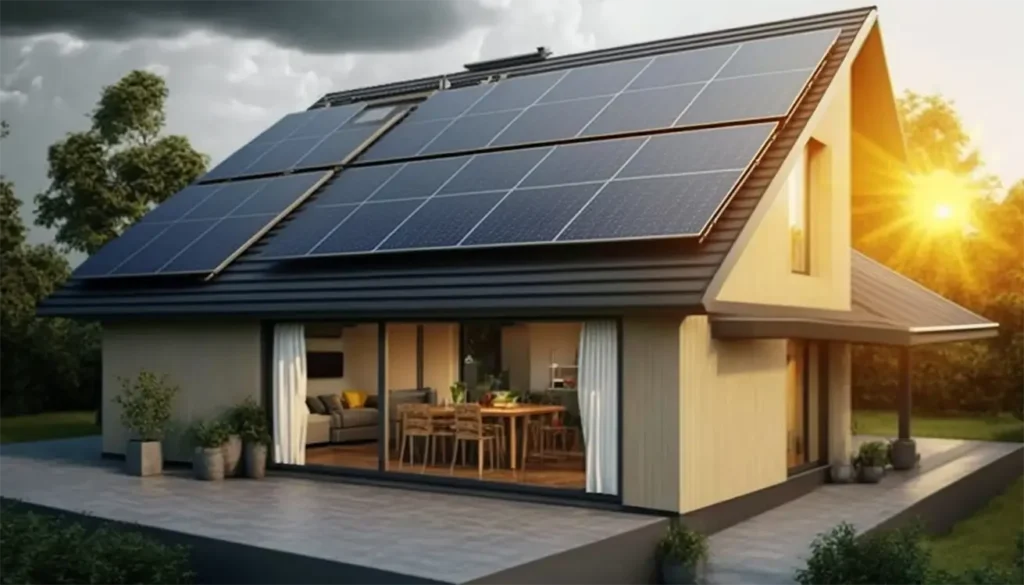
In our quest for sustainable energy sources, solar power systems have emerged as a shining star, illuminating the path towards a greener future.
Solar systems offer a clean and renewable energy solution that can power homes and businesses while reducing carbon emissions.
In this comprehensive guide, we’ll explore solar systems, their components, and various options available, such as grid-connected, grid-connected with battery, off-grid, and more.
Understanding Solar Systems
Solar power systems, often referred to simply as “solar systems,” are designed to convert sunlight into electricity. These systems consist of several key components that work in harmony to capture, convert, and store solar energy.
Key Components of Solar Systems
- Solar Panels: These are the heart of any solar system. Solar panels, also known as photovoltaic (PV) panels, are made up of silicon cells that convert sunlight into electricity. They come in various types, including monocrystalline, polycrystalline, and thin-film, each with its own advantages.
- Inverter: Solar panels generate direct current (DC) electricity, but most homes and businesses use alternating current (AC). Inverters are responsible for converting DC into AC power, making it compatible with household appliances and the grid.
- Mounting and Racking: Solar panels need to be securely mounted on roofs or ground-mounted structures. Racking systems and mounts ensure panels are installed at the optimal angle and orientation for maximum sun exposure.
- Battery Storage (Optional): For homeowners looking to store excess energy, battery storage systems are an option. These batteries store surplus electricity generated during the day for use at night or during cloudy days.
Solar System Types
- Grid-Connected Solar Systems: These systems are the most common and cost-effective. They are directly connected to the utility grid, allowing excess energy to be fed back into the grid in exchange for credits or compensation. Grid-connected solar systems are perfect for reducing electricity bills while remaining connected to a reliable power source.
- Grid-Connected Solar Systems with Battery Ready: These systems are equipped with the infrastructure necessary to add a battery storage system in the future. Homeowners can start with a grid-connected system and add batteries later for energy storage and backup during power outages.
- Grid-Connected Solar Systems with Battery: Adding batteries to a grid-connected system provides energy independence. These batteries store excess energy for use during grid outages or high-demand periods when electricity rates are high. This option offers increased self-sufficiency and resilience.
- Off-Grid Solar Systems: Off-grid solar systems are designed for locations without access to the utility grid. They rely on solar panels and batteries to provide all the electricity needed. Off-grid systems are commonly used in remote areas or for sustainable living practices.
- Off-Grid Solar Systems with Generator: In areas with unreliable sunlight, an off-grid system may include a backup generator. This ensures a continuous power supply during extended periods of inclement weather or high energy demand.
Benefits of Solar Systems
- Reduced Electricity Bills: Solar systems can significantly reduce or even eliminate monthly electricity bills, leading to long-term savings.
- Environmental Benefits: Solar power is clean and renewable, reducing greenhouse gas emissions and dependence on fossil fuels.
- Energy Independence: Grid-connected systems with batteries offer energy independence and resilience during grid outages.
- Return on Investment: Solar systems can provide a substantial return on investment, often paying for themselves within a few years.
In conclusion, solar systems are a versatile and eco-friendly energy solution that can be tailored to meet the unique needs of homeowners and businesses.
Whether you opt for a grid-connected, off-grid, or hybrid system, harnessing the power of the sun is a smart investment for a sustainable future.
With the right components and system design, you can enjoy the benefits of clean and renewable energy while contributing to a greener planet. Join the solar revolution today and embrace the brilliance of solar systems.
